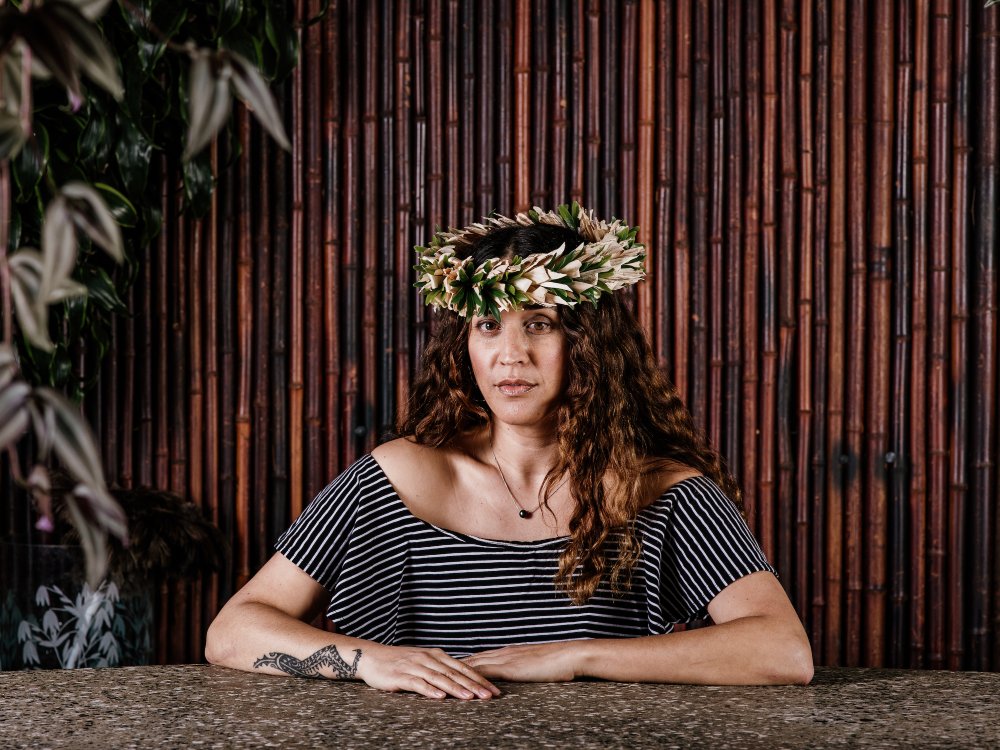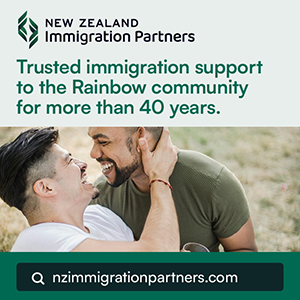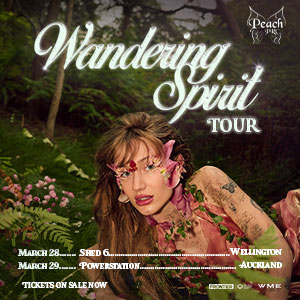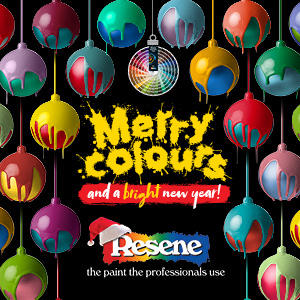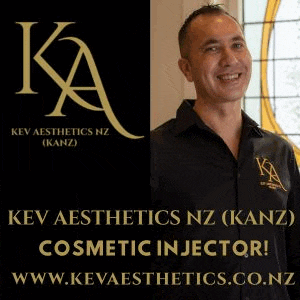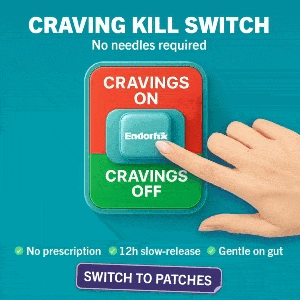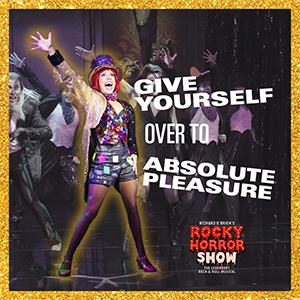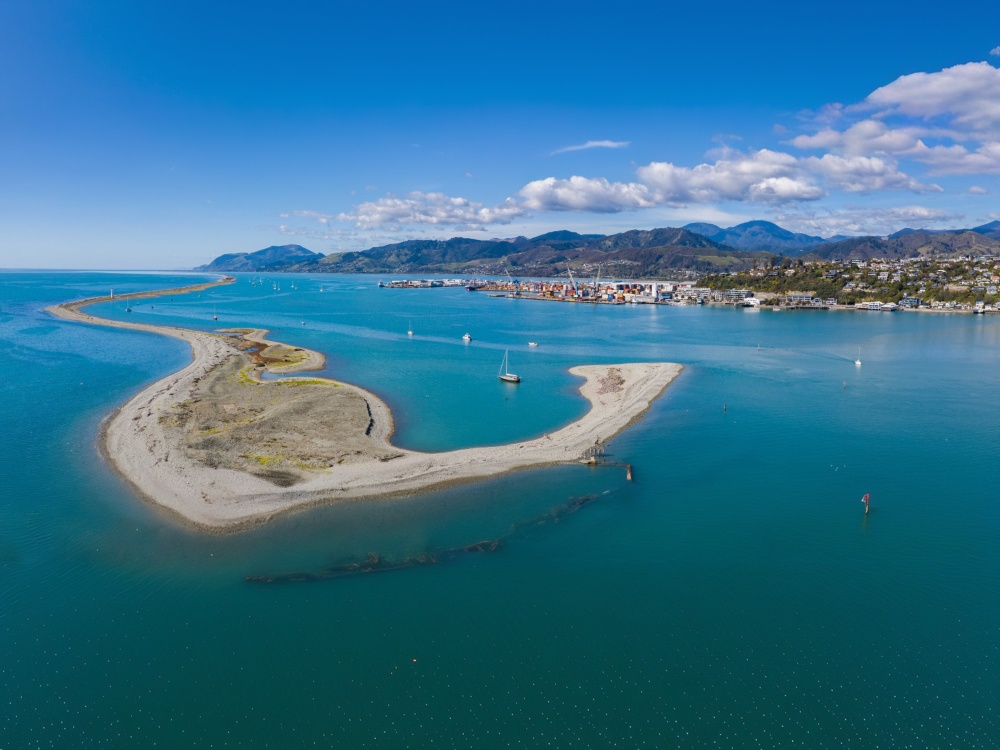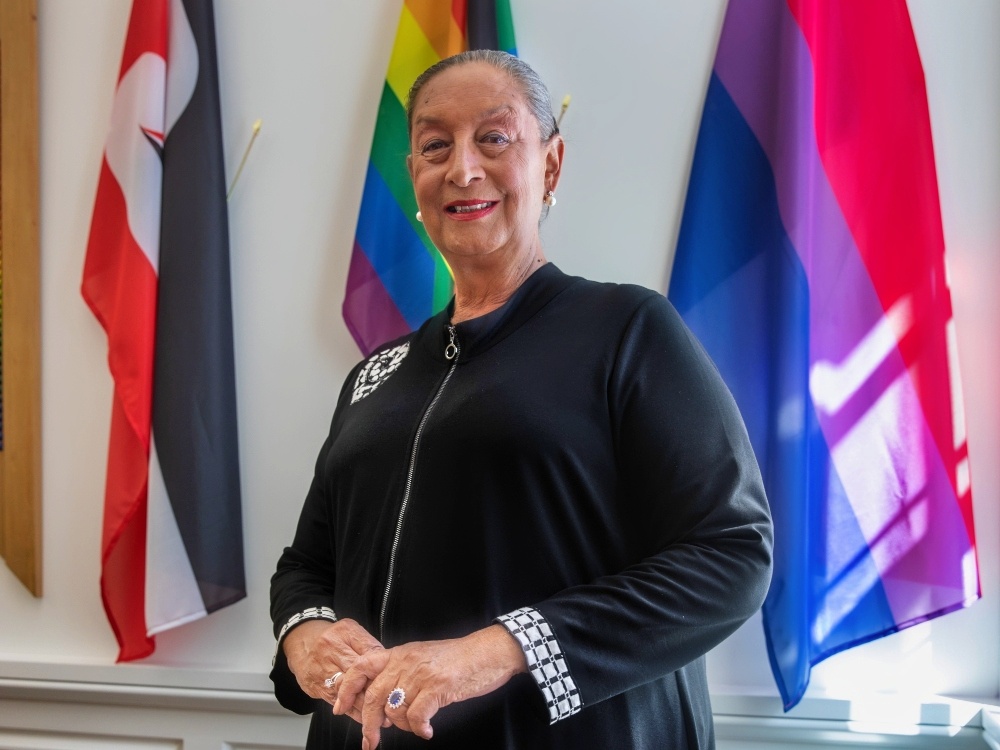Mīria George: Uplifting Queer Indigenous Voices in a Challenged Climate Kia Mau Festival co‑director Mīria George talks about platforming queer Indigenous talent in a time of political challenge.
For Mīria George, creating space for queer and Indigenous artists isn’t an afterthought — it’s the whole point, George explaines to YOUR EX.
As co-director of the 2025 Kia Mau Festival, George has helped shape one of Aotearoa’s most powerful stages for tangata whenua and tangata moana voices. The festival, now a decade old, champions intersectional stories that centre on lived experience, community, and cultural resilience. At its heart, it’s a deeply personal kaupapa.
“Takatāpui and queer artists are members of our whānau, our vaka, our hapū and iwi,” George says. “To share stories by contemporary Indigenous artists is to share stories by takatāpui and queer artists.”
That principle was front and centre this year, in a programme that included breakout performances from queer Māori and Pasifika voices. One of the standouts was He Ingoa by Raureti Ormond, an emerging artist whose production moved audiences so deeply, its season was extended by three days.
George remembers the reaction vividly. “Mostly, the tear-stained faces of an overjoyed audience, waiting to greet Raureti and his full company post He Ingoa – it was just beautiful.”
Also commanding attention was WTF: What The Fa’afafine?!?, a bold and joyous production by Hibiscus Tupua-Wilson that earned standing ovations from Wellington crowds. George describes both pieces as celebratory, moving, and vital.
But alongside the artistry came tension — especially in a political environment increasingly hostile to Indigenous and queer communities.
“We have been undoubtedly impacted by the current coalition government and the emboldened climate of white supremacy throughout geopolitics,” George says. “The overt racism we have experienced this year will stay with us for a very long time.”
Her response, and that of the festival, is clear: silence is not an option. “We speak up, we speak out.”
That refusal to be complicit is part of what makes Kia Mau so vital. It’s not just a festival — it’s a platform built on deep, reciprocal relationships. The programme isn’t curated in isolation; it’s shaped by decades of whakawhanaungatanga, where artists connect through shared experience and shared purpose.
“It is not about a singular production,” George says. “It is about our relationships to artists.”
That holistic approach also extends to production support. With funding always tight, Kia Mau makes a point of investing not just in performance fees, but also in the practical tools that bring each work to life — from lighting and sound gear, to skilled crew and design collaborators.
“It’s a balance, yes – especially in this funding climate – but it’s a commitment we prioritise,” she says.
In the end, what sustains Kia Mau is the energy of the artists it uplifts — and the wisdom they bring in return.
“Younger generations of Māori and queer creatives have taught me fearlessness, tenacity, joy.”
That’s the legacy George is helping shape: a festival rooted in identity and imagination, powered by community, and unwavering in its kaupapa. One that refuses to bend to politics that seek to erase it — because it was never built for them.
“It’s not just about storytelling,” she says. “It’s about us.”








